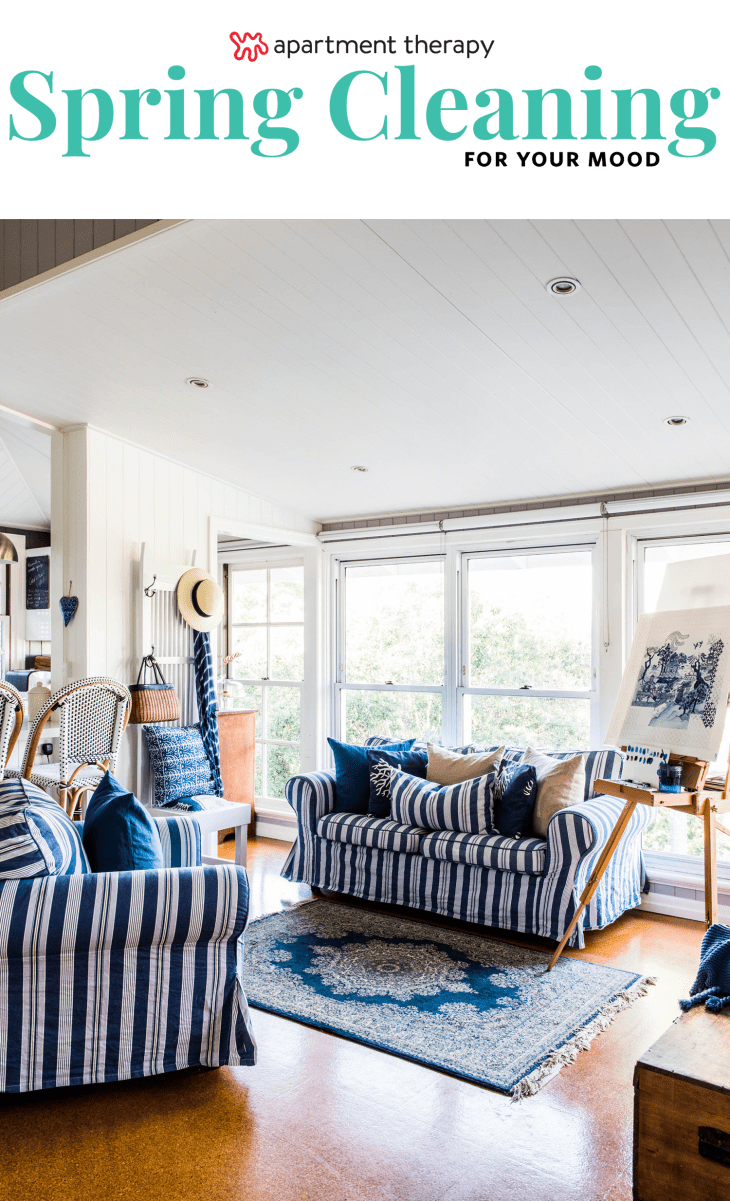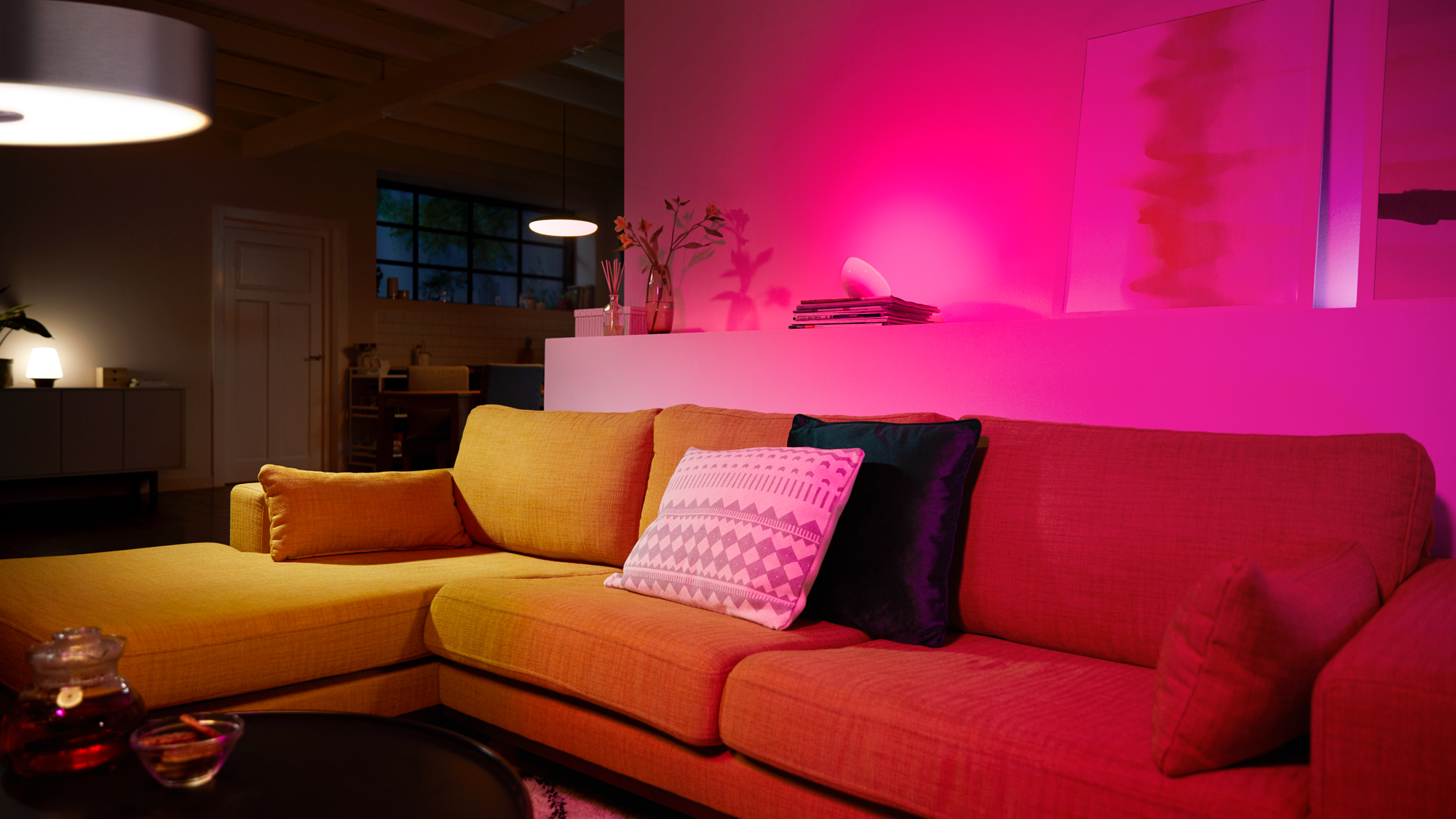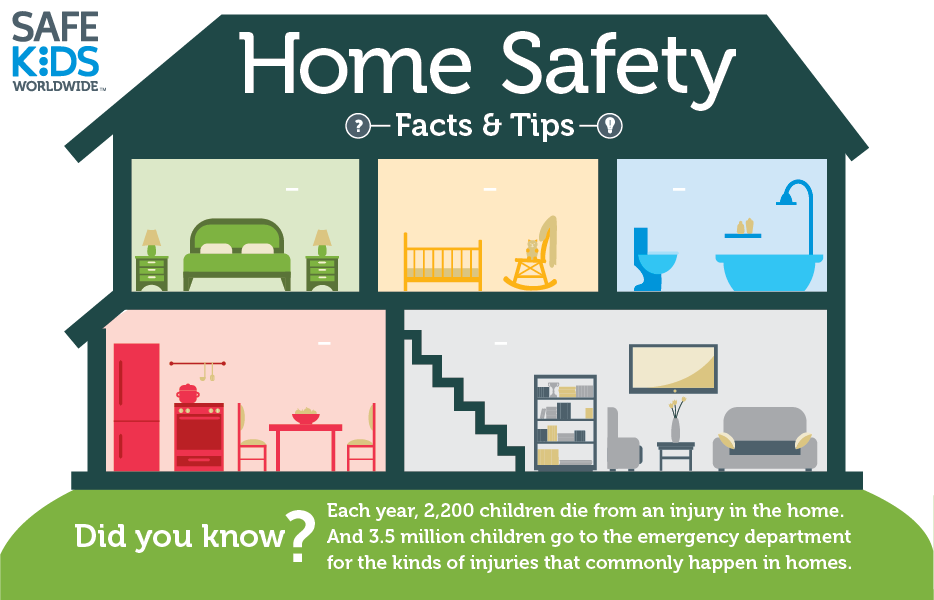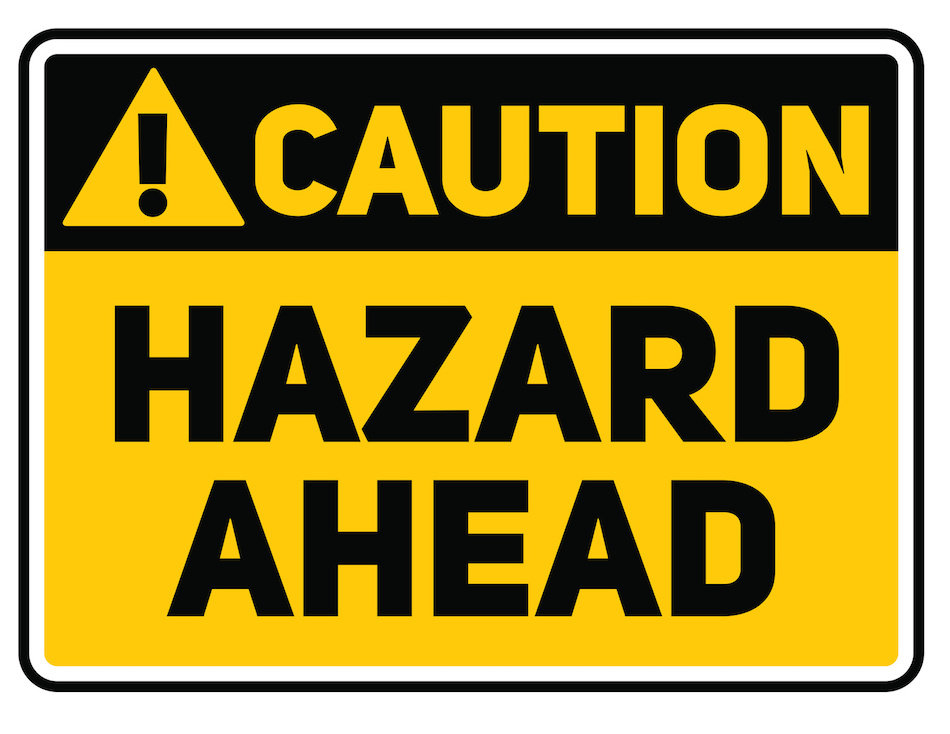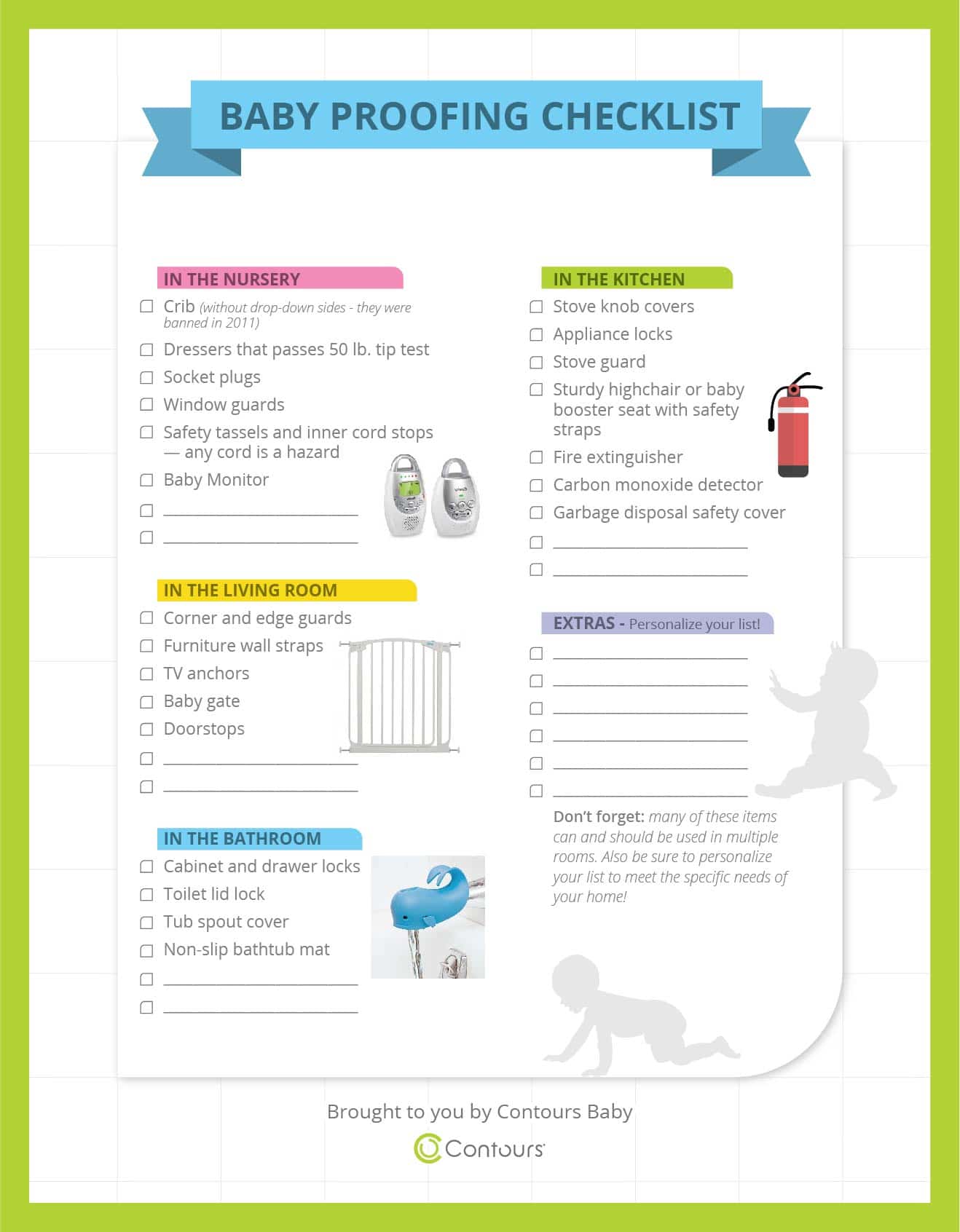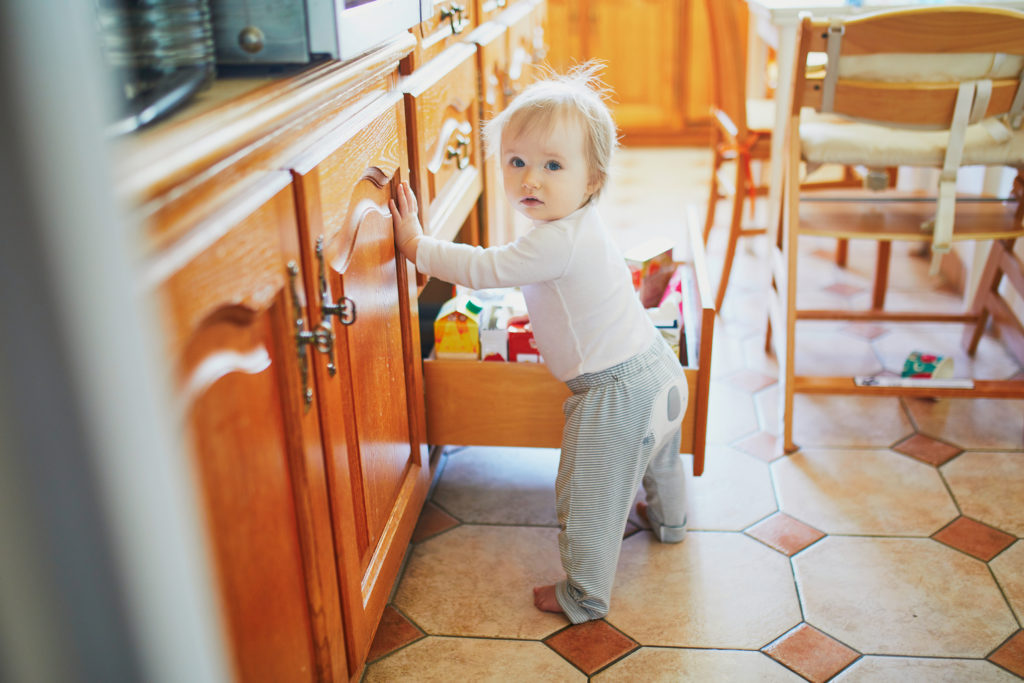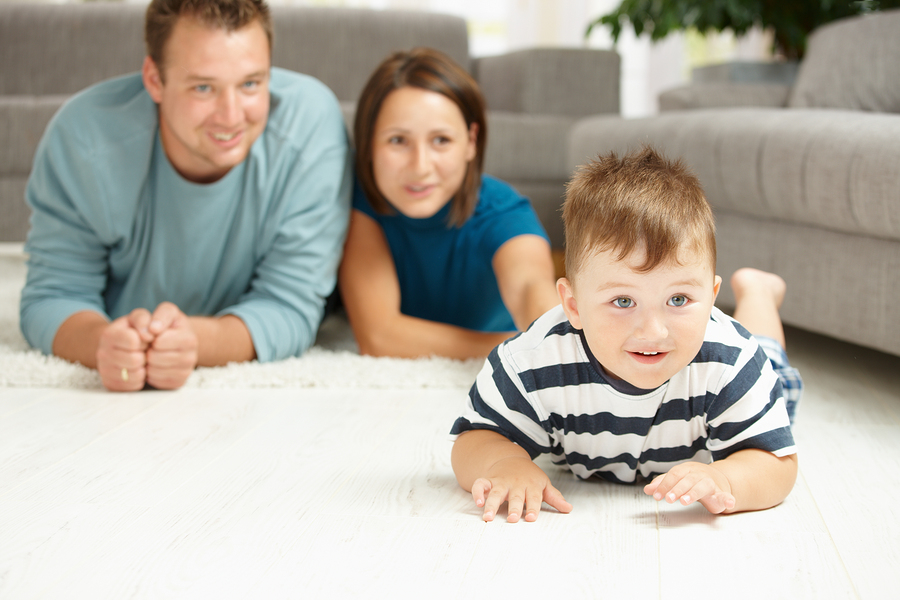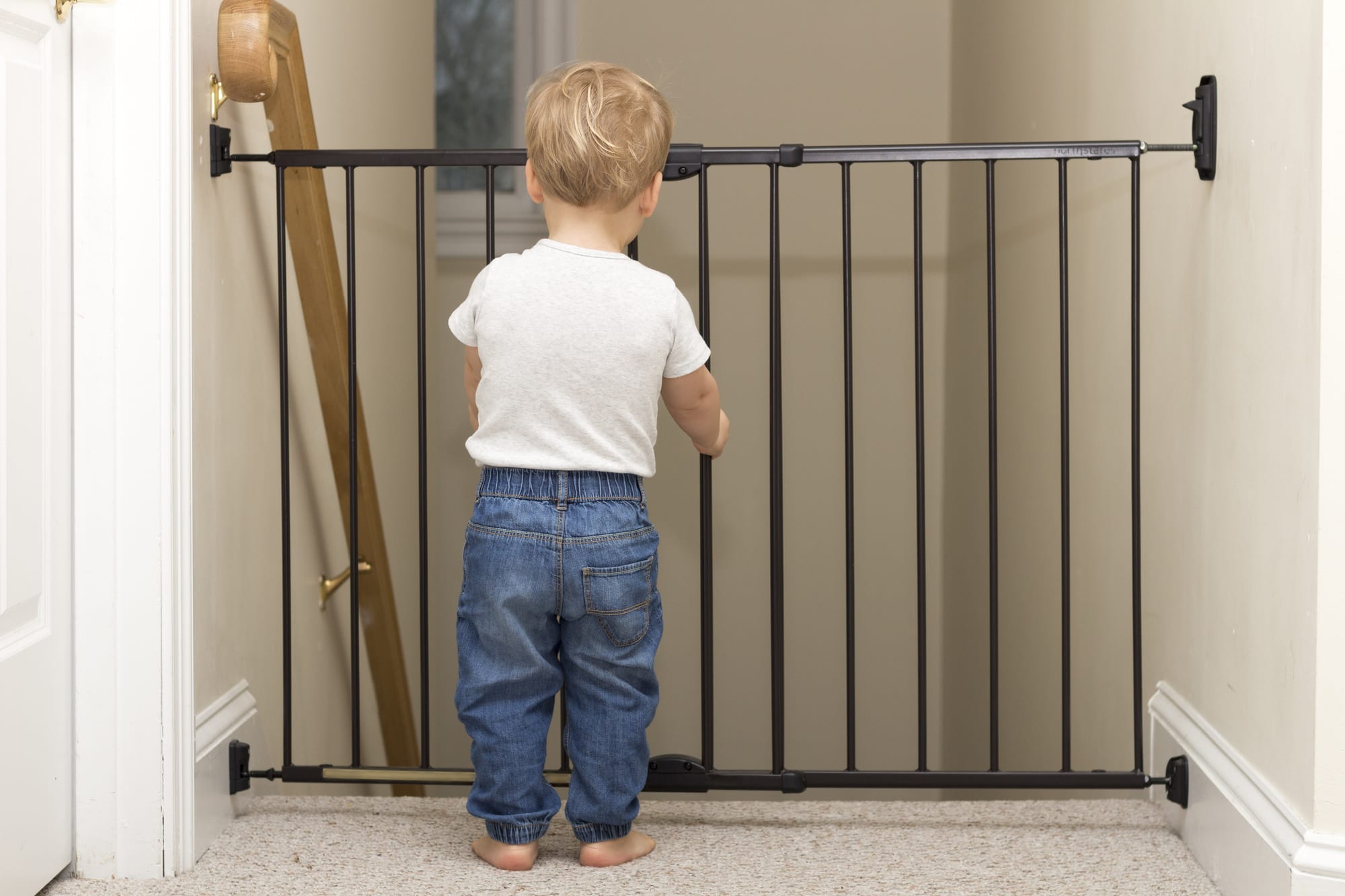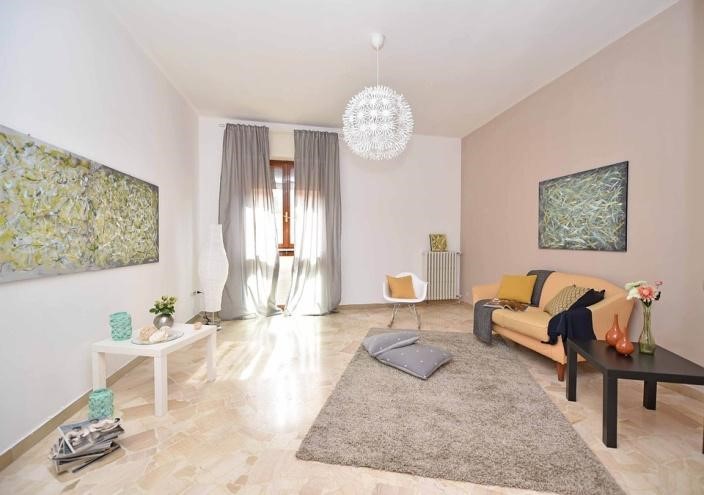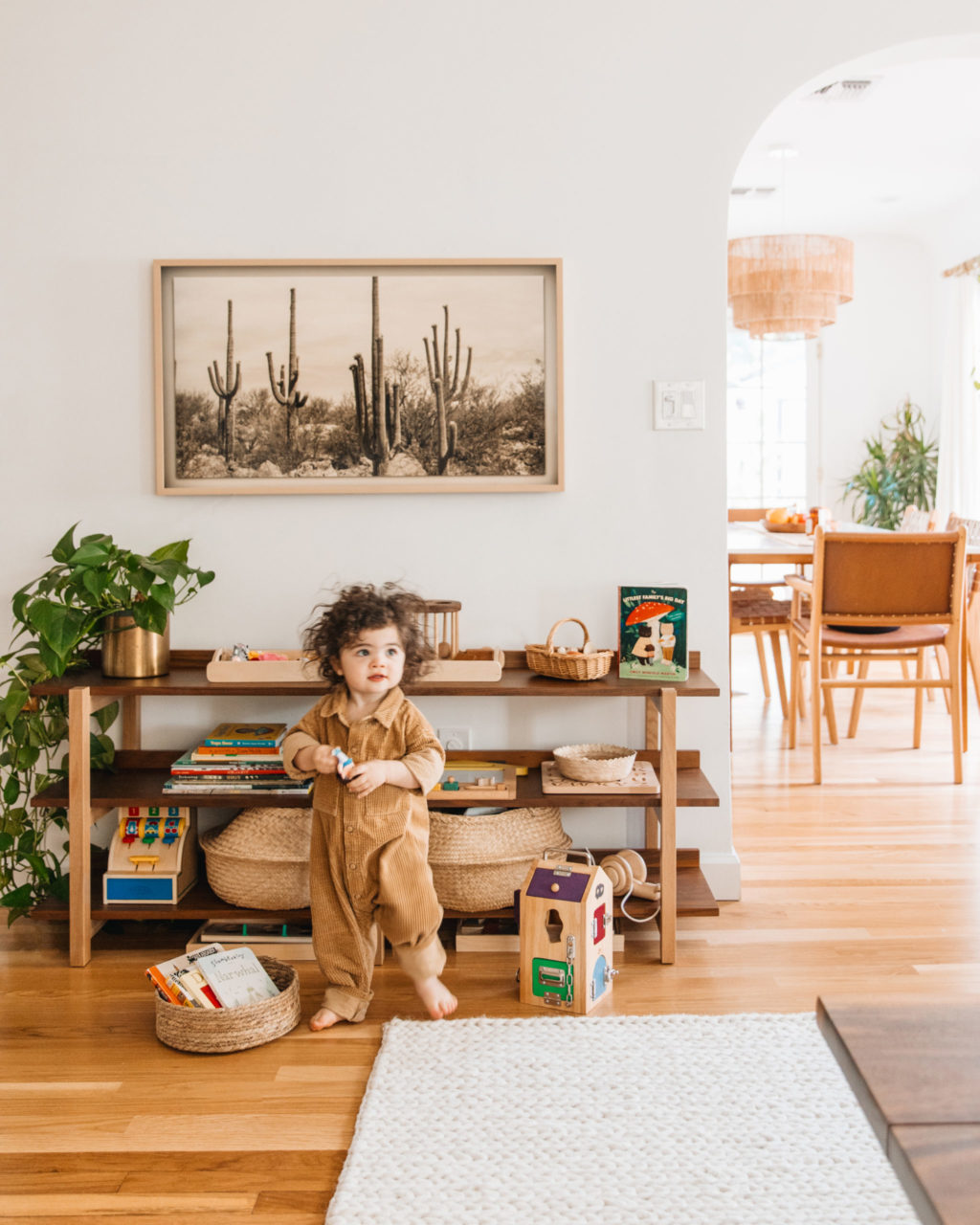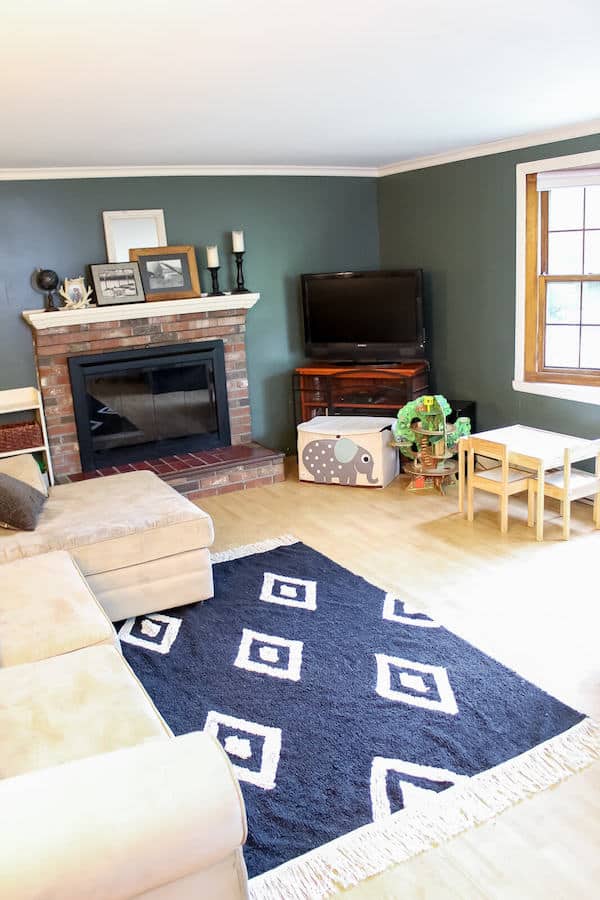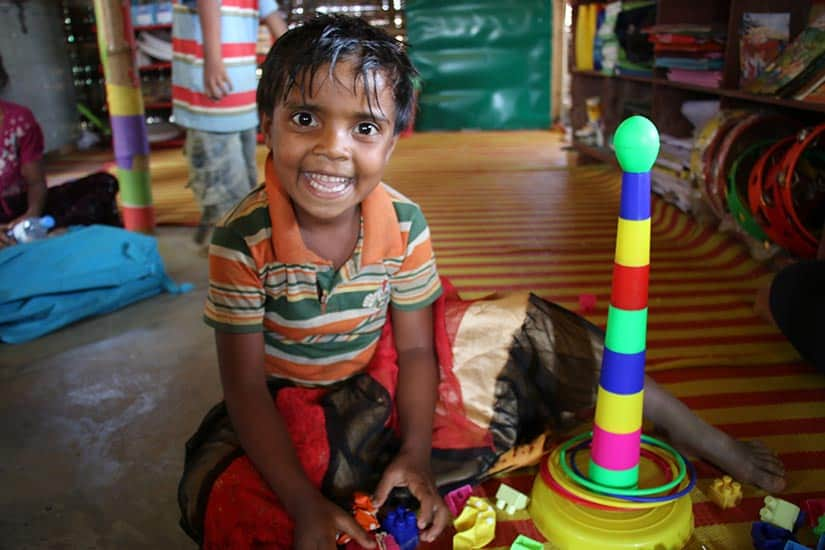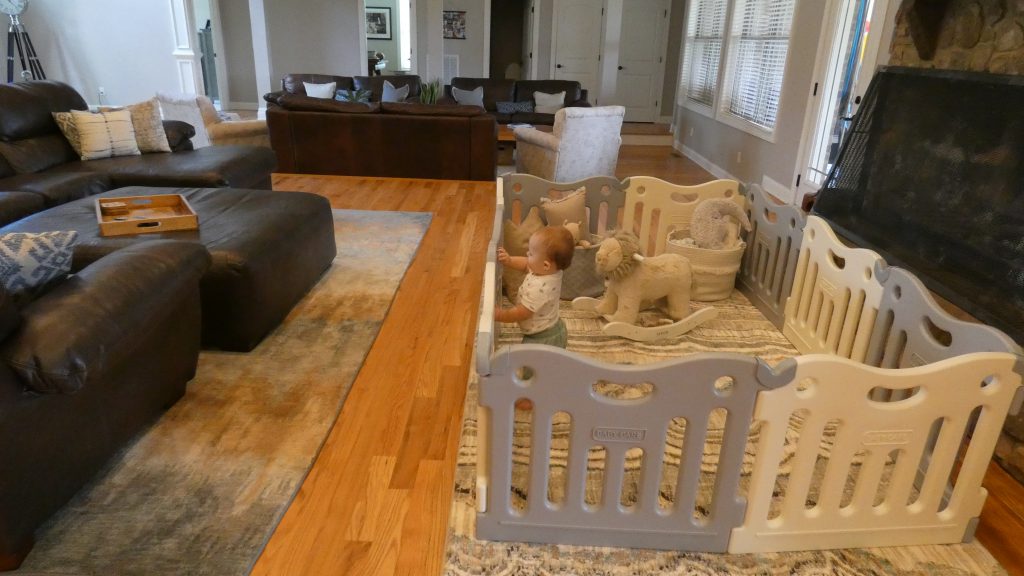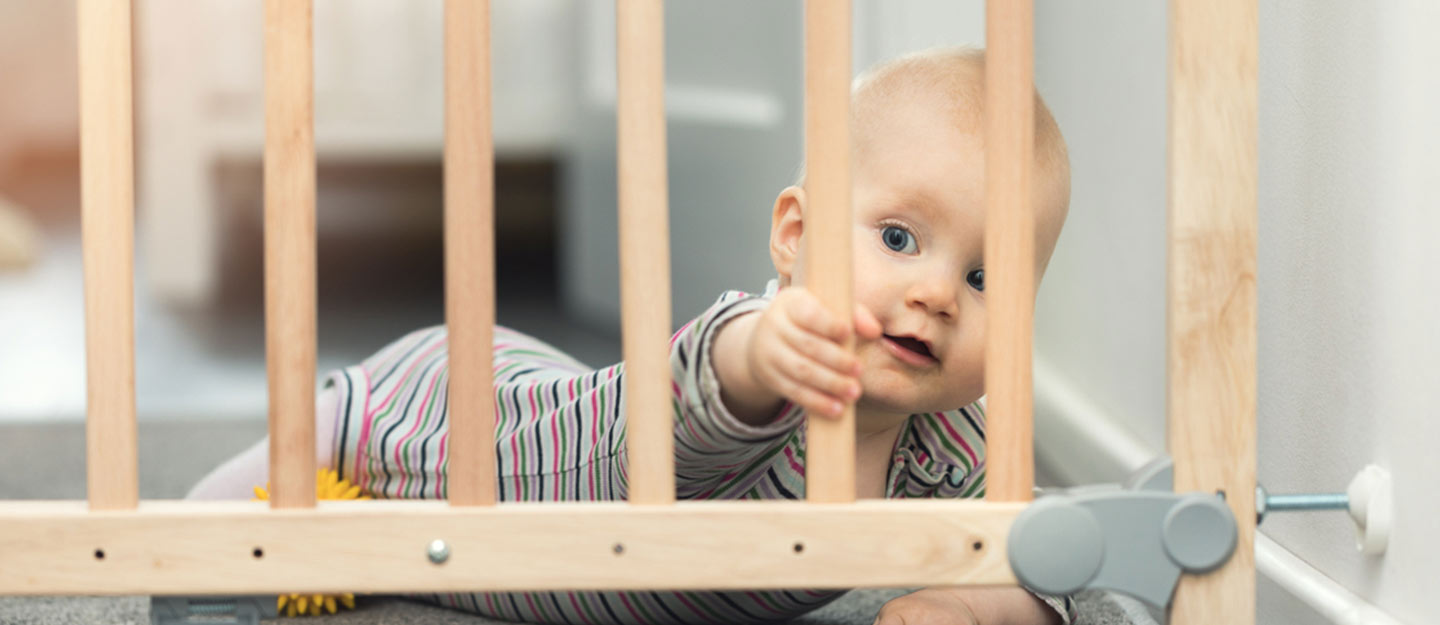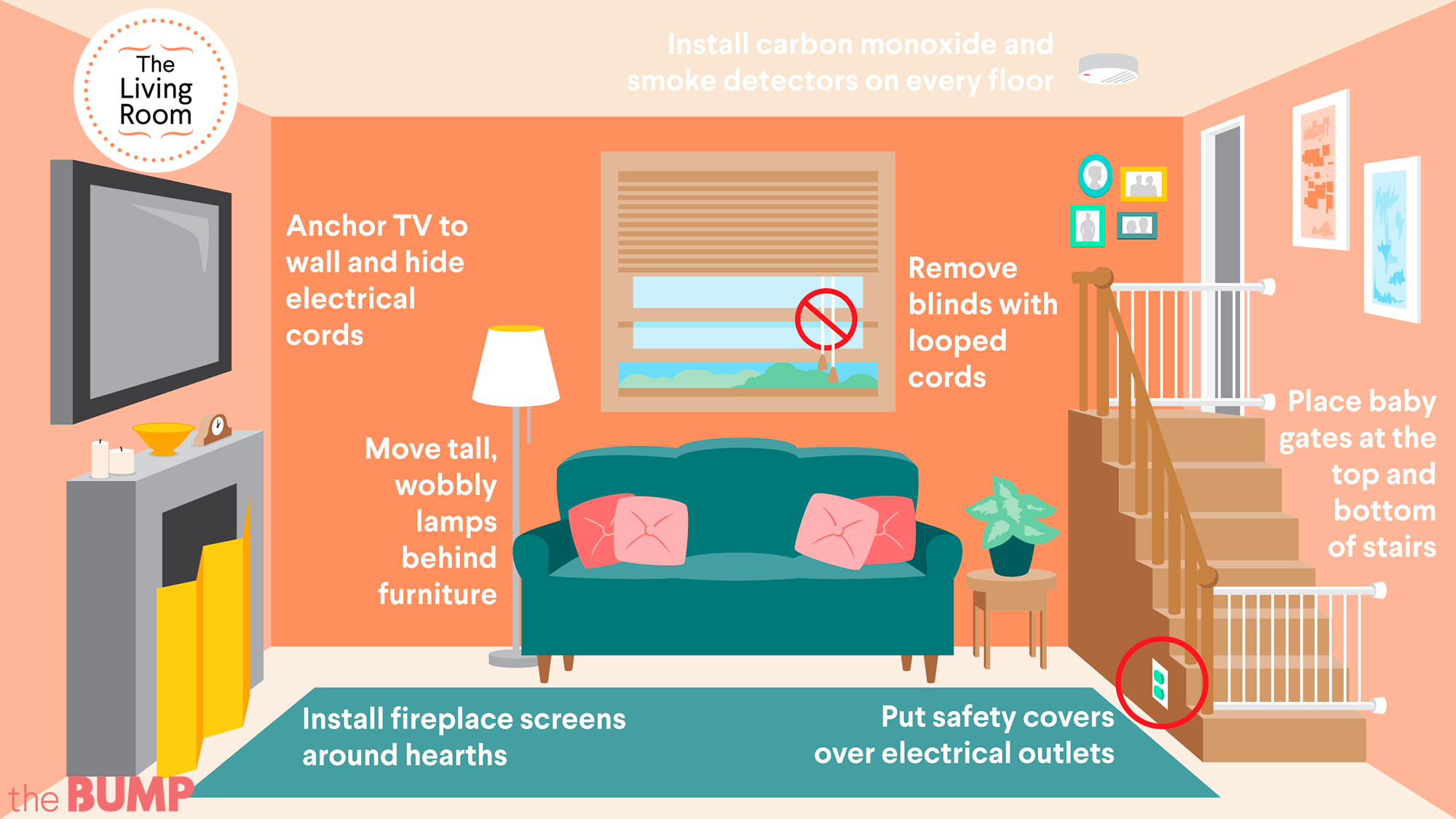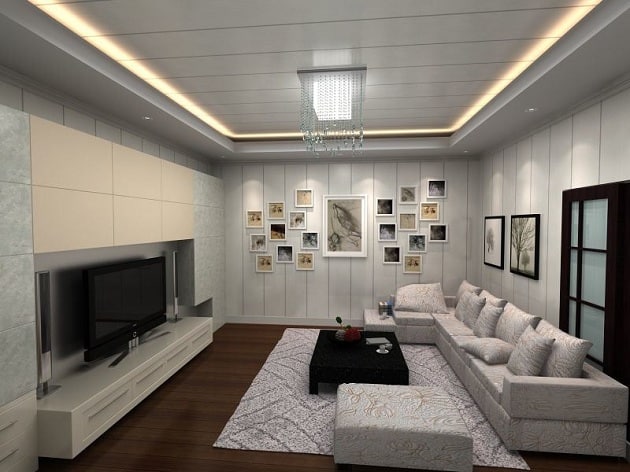As a parent, the safety of your baby is always your top priority. And when it comes to your living room, it's important to take extra precautions to ensure a safe and child-friendly environment. From sharp edges to electrical outlets, there are several hazards that can be found in a typical living room. But don't worry, we've got you covered with our top 10 tips for creating a safe living room for your baby.Childproofing Your Living Room: A Comprehensive Guide
Bold Tip #1: Cover sharp edges and corners with corner guards or edge bumpers to prevent your baby from getting hurt. TIP #2: Secure furniture to the wall to prevent tip-overs, especially for heavy items like bookshelves and TV stands. TIP #3: Use cordless window coverings or tie up cords out of reach to avoid strangulation hazards. TIP #4: Keep small objects, such as coins or marbles, out of reach as they can pose a choking hazard for babies. TIP #5: Install baby gates at the entrance of your living room to prevent your little one from wandering off to other areas of the house. TIP #6: Keep electrical outlets covered with outlet covers to prevent your baby from sticking their fingers or objects in them. TIP #7: Use cord organizers to keep TV and other electronic cords out of reach, reducing the risk of your baby pulling on them and causing items to fall on them. TIP #8: Keep cleaning supplies and other hazardous materials out of reach or locked away in cabinets. TIP #9: Avoid using glass tables or furniture with sharp edges, as they can be dangerous for babies who are learning to crawl or walk. TIP #10: Be mindful of plants in your living room, as some can be toxic if ingested. Keep them out of reach or opt for non-toxic plants.10 Tips for Creating a Safe Living Room for Your Baby
Aside from the above tips, there are other ways to ensure your living room is a safe space for your baby. These include: Italicized Tip #1: Keeping your living room clean and clutter-free to avoid tripping hazards. TIP #2: Investing in a play mat or soft rug to provide a safe and comfortable play area for your baby. TIP #3: Supervising your baby at all times, especially when they are playing in the living room. TIP #4: Avoiding placing furniture near windows to prevent your baby from climbing and potentially falling. TIP #5: Checking for loose or frayed carpet edges, which can be a tripping hazard for both parents and babies. TIP #6: Avoiding using tablecloths or runners, as babies can easily pull on them and cause items on the table to fall. TIP #7: Being cautious with electrical appliances, such as heaters or fans, and keeping them out of reach. TIP #8: Checking for potential hazards, such as loose screws or broken pieces, on furniture before placing your baby near them. TIP #9: Teaching your baby not to climb on furniture or use it as a play area. TIP #10: Regularly checking for recalls on furniture and other items in your living room to ensure they meet safety standards.Living Room Safety: How to Keep Your Baby Safe and Sound
Baby-proofing your living room not only keeps your baby safe, but it also allows you to have peace of mind and enjoy quality time with your little one. Here are some essential safety measures to consider: Bold Tip #1: Install a fireplace guard or gate to prevent your baby from getting too close to the fireplace. TIP #2: Use furniture straps to secure TV stands and other furniture with drawers or doors that can easily be opened by curious little hands. TIP #3: Opt for non-toxic and eco-friendly cleaning products to avoid exposing your baby to harmful chemicals. TIP #4: Avoid using candles or other open flames in your living room, as they can be a fire hazard. TIP #5: Store electronic devices, such as remotes or phones, out of reach to avoid potential choking hazards. TIP #6: Keep your living room well-ventilated to avoid your baby inhaling harmful fumes from cleaning products or other chemicals. TIP #7: Avoid placing furniture near electrical outlets to prevent the risk of electrical shock. TIP #8: If you have a coffee table, consider cushioning the corners or using a table with rounded edges to avoid injuries. TIP #9: Choose furniture with non-toxic finishes and materials to avoid exposing your baby to harmful chemicals. TIP #10: Regularly inspecting and replacing worn out or damaged baby-proofing items, such as outlet covers or furniture straps.Baby-Proofing Your Living Room: Essential Safety Measures
Baby-proofing your living room does not mean sacrificing style. With these tips, you can create a safe and stylish space for your little one: Italicized Tip #1: Use soft, washable fabrics for your living room furniture to make cleaning up spills and messes easier. TIP #2: Choose furniture with rounded edges and avoid sharp corners to prevent injuries. TIP #3: Opt for furniture with hidden storage compartments to keep small objects and hazardous items out of reach. TIP #4: Use wall-mounted shelves instead of floor-standing ones, to avoid the risk of your baby pulling them down. TIP #5: Consider using a removable carpet or rug to protect your flooring from spills and stains. TIP #6: Use non-toxic and lead-free paint for your living room walls and furniture. TIP #7: Choose a playpen or play yard that complements your living room decor and can be easily stored when not in use. TIP #8: Use soft lighting options, such as lamps or string lights, to create a warm and cozy atmosphere without the risk of your baby getting burned. TIP #9: Incorporate soft textures, such as pillows and blankets, into your living room design to create a comfortable and safe environment for your baby. TIP #10: Have fun with wall decals or removable wallpaper to add a touch of personality to your living room without damaging your walls.Creating a Safe and Stylish Living Room for Your Little One
As your baby grows and becomes more mobile, it's important to be aware of potential hazards in your living room. These include: Bold Tip #1: Unsecured furniture or heavy items that can easily tip over. TIP #2: Uncovered electrical outlets and exposed cords. TIP #3: Sharp edges and corners on furniture and other items. TIP #4: Potential choking hazards, such as small objects or coins. TIP #5: Unsecured windows and window coverings with cords. TIP #6: Slippery or uneven flooring, which can cause falls. TIP #7: Furniture with sharp or protruding metal parts. TIP #8: Unsecured TV and other electronic devices that can easily fall on your baby. TIP #9: Using furniture as a climbing structure. TIP #10: Lack of supervision or not regularly checking for potential hazards in your living room.Living Room Safety for Babies: Common Hazards to Watch Out For
To ensure your living room is properly childproofed, here is a checklist you can follow: Italicized Tip #1: Cover sharp edges and corners on furniture with bumpers or guards. TIP #2: Secure furniture to the wall to prevent tip-overs. TIP #3: Use cordless window coverings or tie up cords out of reach. TIP #4: Keep small objects out of reach and avoid leaving them on the floor. TIP #5: Install baby gates at the entrance of your living room. TIP #6: Keep electrical outlets covered with outlet covers. TIP #7: Use cord organizers to keep TV and other electronic cords out of reach. TIP #8: Keep cleaning supplies and other hazardous materials locked away. TIP #9: Avoid using glass tables or furniture with sharp edges. TIP #10: Regularly check for potential hazards in your living room and address them immediately.Childproofing Checklist: Living Room Safety for Babies
Creating a safe living room for your baby not only involves physical measures, but also being mindful of your baby's development and taking preventative measures. Here are some tips: Bold Tip #1: Always supervise your baby in the living room, especially if they are starting to crawl or walk. TIP #2: Keep an eye on your baby's development and adjust your baby-proofing measures accordingly. TIP #3: Teach your baby not to touch or play with certain items in the living room, such as electrical outlets or cords. TIP #4: Regularly check for potential hazards and address them immediately. TIP #5: Set boundaries for your baby in the living room, such as which areas are off-limits or where they can and cannot play. TIP #6: Keep an eye out for potential hazards when visiting other homes or when your baby is in a new environment. TIP #7: Involve your baby in safe and supervised activities in the living room to keep them entertained and stimulated. TIP #8: Be vigilant and attentive to your baby's needs and behaviors, as they may indicate potential hazards in the living room. TIP #9: Keep emergency numbers handy and know what to do in case of an accident or emergency. TIP #10: Stay calm and take preventative measures to avoid potential accidents in the living room.Safe and Sound: How to Baby-Proof Your Living Room
Creating a safe living room for your baby doesn't have to be a daunting task. With these tips, you can easily make your living room a child-friendly space: Italicized Tip #1: Use furniture with rounded edges and non-toxic finishes and materials. TIP #2: Keep small objects and hazardous materials out of reach and locked away. TIP #3: Use soft, washable fabrics for your living room furniture. TIP #4: Keep your living room well-ventilated. TIP #5: Regularly check for potential hazards and address them immediately. TIP #6: Choose furniture with storage compartments to keep small objects out of reach. TIP #7: Use soft lighting options to create a warm and cozy atmosphere. TIP #8: Engage your baby in safe and supervised activities in the living room. TIP #9: Teach your baby not to touch or play with certain items in the living room. TIP #10: Stay calm and take preventative measures to avoid potential accidents.Living Room Safety for Babies: Tips for a Child-Friendly Space
When it comes to baby-proofing your living room, there are several products that can help make your space safer for your little one. These include: Bold Tip #1: Corner guards or edge bumpers to cover sharp edges and corners on furniture. TIP #2: Furniture straps to secure heavy items to the wall. TIP #3: Cordless window coverings or cord organizers to keep cords out of reach.Baby-Proofing Your Living Room: Must-Have Products for a Safe Environment
Creating a Safe and Baby-Friendly Living Room

Invest in Soft and Cushioned Furniture
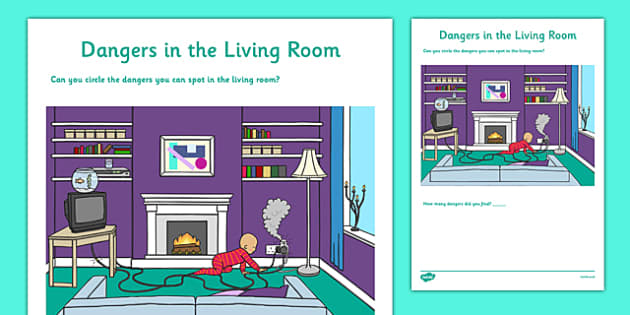 When designing your living room with your baby's safety in mind, it's important to choose furniture that is soft and cushioned to prevent any potential injuries. Look for couches, chairs, and ottomans with rounded edges and no sharp corners.
Opt for materials such as leather or microfiber that are easy to clean in case of any spills or messes.
Additionally, make sure to secure any furniture to the wall to prevent tipping.
When designing your living room with your baby's safety in mind, it's important to choose furniture that is soft and cushioned to prevent any potential injuries. Look for couches, chairs, and ottomans with rounded edges and no sharp corners.
Opt for materials such as leather or microfiber that are easy to clean in case of any spills or messes.
Additionally, make sure to secure any furniture to the wall to prevent tipping.
Choose Non-Toxic and Eco-Friendly Materials
 As your baby will spend a lot of time on the floor, it's vital to ensure that all materials used in your living room are non-toxic and eco-friendly.
Opt for wooden or bamboo flooring instead of carpet, as it is easier to clean and does not collect dust and allergens.
When choosing furniture,
look for pieces made from sustainable and non-toxic materials such as organic cotton, bamboo, or recycled plastic.
This will not only be safer for your baby, but also better for the environment.
As your baby will spend a lot of time on the floor, it's vital to ensure that all materials used in your living room are non-toxic and eco-friendly.
Opt for wooden or bamboo flooring instead of carpet, as it is easier to clean and does not collect dust and allergens.
When choosing furniture,
look for pieces made from sustainable and non-toxic materials such as organic cotton, bamboo, or recycled plastic.
This will not only be safer for your baby, but also better for the environment.
Secure Electrical Outlets and Cords
 Babies are naturally curious and will want to explore every nook and cranny of your living room.
Make sure to childproof all electrical outlets with outlet covers or plug covers to prevent any accidents.
Additionally,
use cord covers or hide cords behind furniture to prevent your baby from pulling on them or potentially getting tangled in them.
It's also important to
keep all electrical appliances and cords unplugged and out of reach when not in use.
Babies are naturally curious and will want to explore every nook and cranny of your living room.
Make sure to childproof all electrical outlets with outlet covers or plug covers to prevent any accidents.
Additionally,
use cord covers or hide cords behind furniture to prevent your baby from pulling on them or potentially getting tangled in them.
It's also important to
keep all electrical appliances and cords unplugged and out of reach when not in use.
Consider a Playpen or Baby Gate
 If you have a designated area in your living room for your baby to play, consider investing in a playpen or baby gate to keep them contained and safe.
This will allow you to keep an eye on your baby while also giving them a safe space to crawl and play without getting into potentially dangerous situations.
Make sure to choose a playpen or gate with no sharp edges or small parts that could be a choking hazard.
If you have a designated area in your living room for your baby to play, consider investing in a playpen or baby gate to keep them contained and safe.
This will allow you to keep an eye on your baby while also giving them a safe space to crawl and play without getting into potentially dangerous situations.
Make sure to choose a playpen or gate with no sharp edges or small parts that could be a choking hazard.
Regularly Clean and Declutter
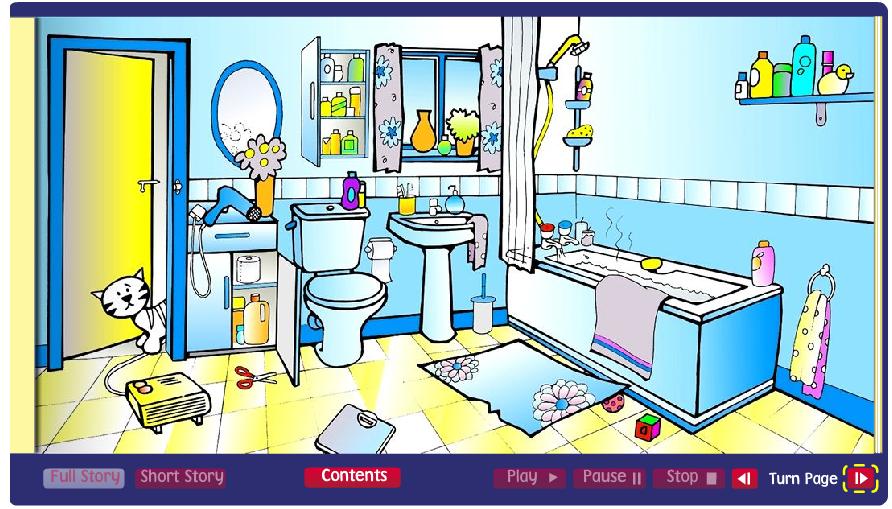 Keeping your living room clean and clutter-free is essential for your baby's safety.
Regularly vacuum and mop the floors to prevent any potential hazards such as small objects or crumbs that could be choking hazards.
Keep any small or breakable items out of reach and
make sure to regularly check for and remove any potential hazards such as loose buttons or small toys.
A clean and organized living room will not only be safer for your baby, but also more enjoyable for the whole family.
In conclusion, creating a safe and baby-friendly living room is all about being mindful of potential hazards and choosing materials and furniture that are safe and non-toxic. With these tips in mind, you can design a beautiful and functional living room that is both safe for your baby and enjoyable for the whole family.
Keeping your living room clean and clutter-free is essential for your baby's safety.
Regularly vacuum and mop the floors to prevent any potential hazards such as small objects or crumbs that could be choking hazards.
Keep any small or breakable items out of reach and
make sure to regularly check for and remove any potential hazards such as loose buttons or small toys.
A clean and organized living room will not only be safer for your baby, but also more enjoyable for the whole family.
In conclusion, creating a safe and baby-friendly living room is all about being mindful of potential hazards and choosing materials and furniture that are safe and non-toxic. With these tips in mind, you can design a beautiful and functional living room that is both safe for your baby and enjoyable for the whole family.







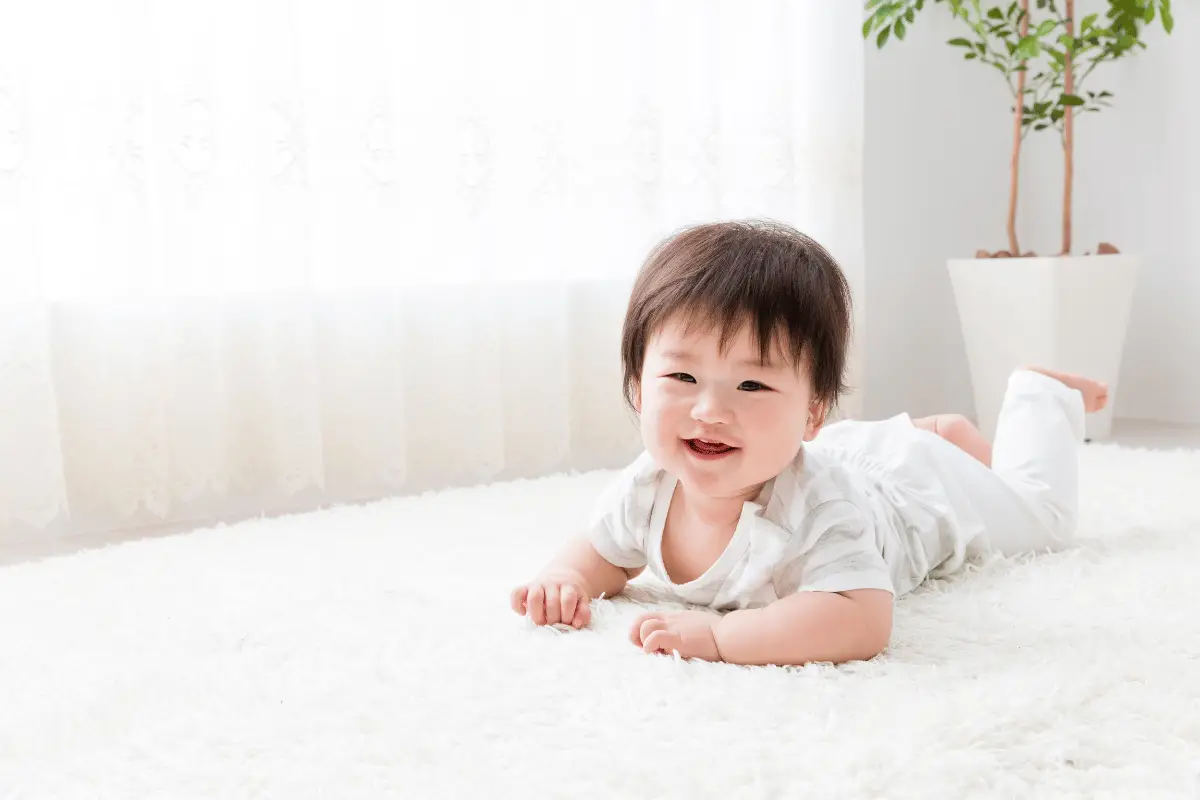


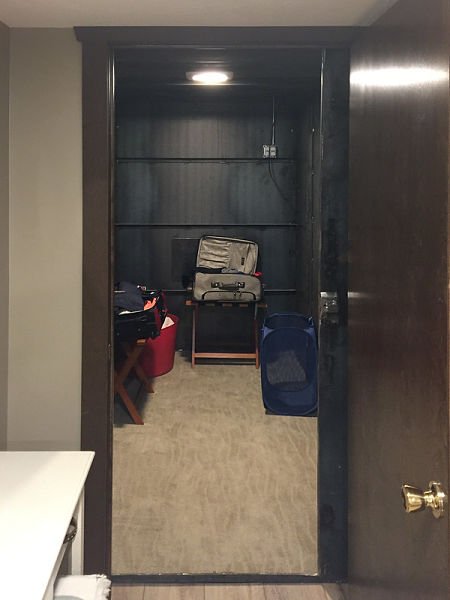

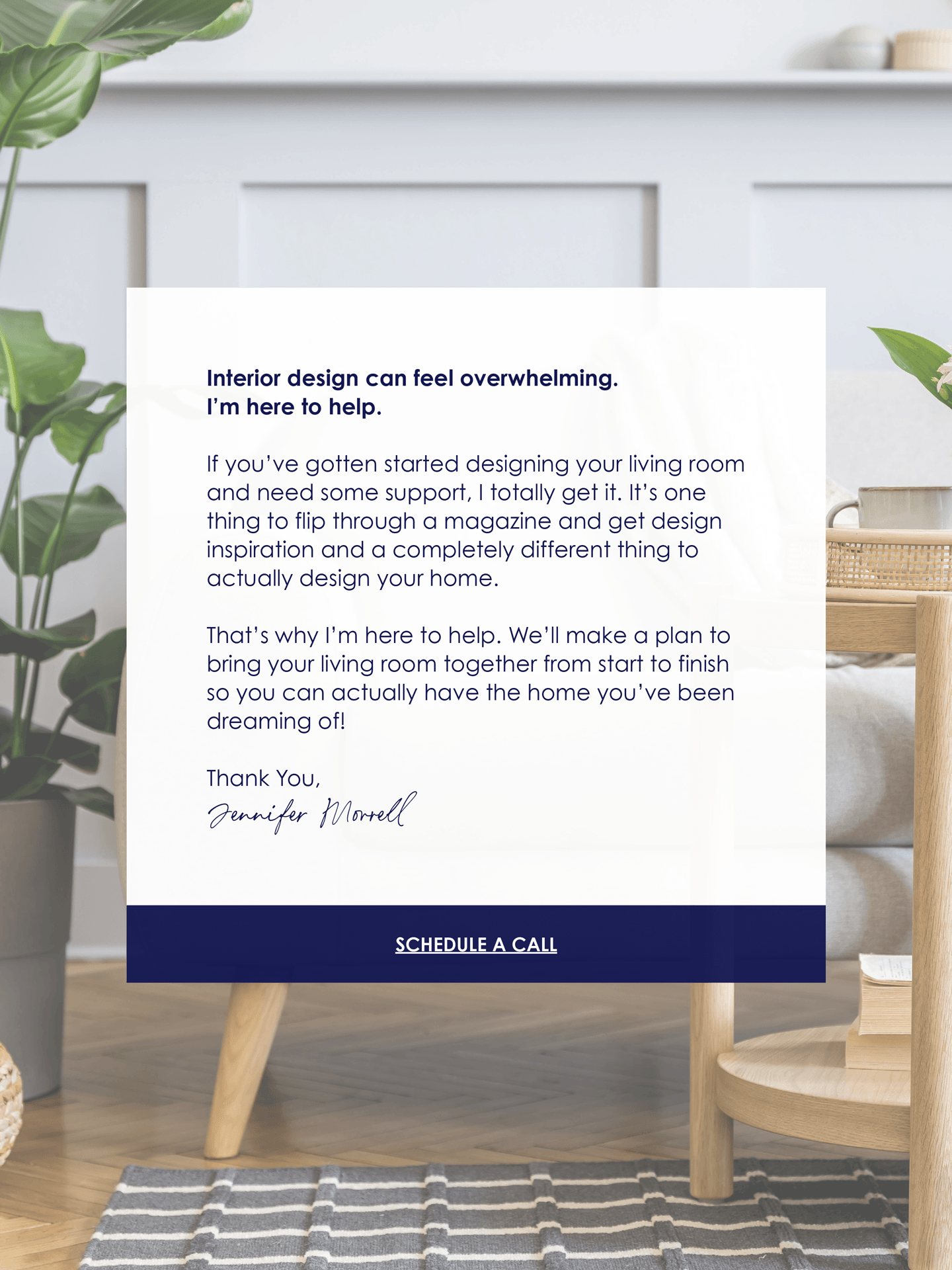


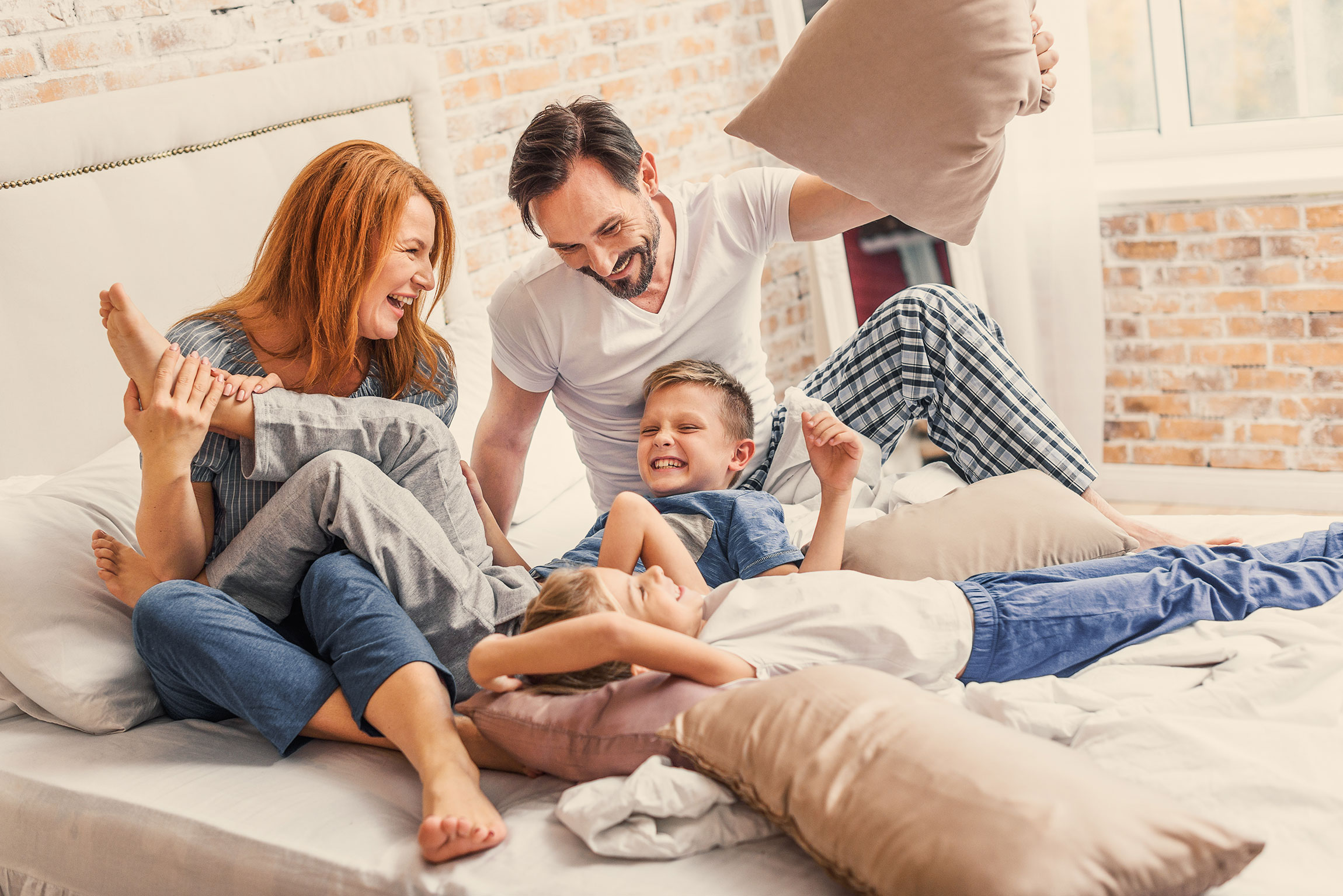

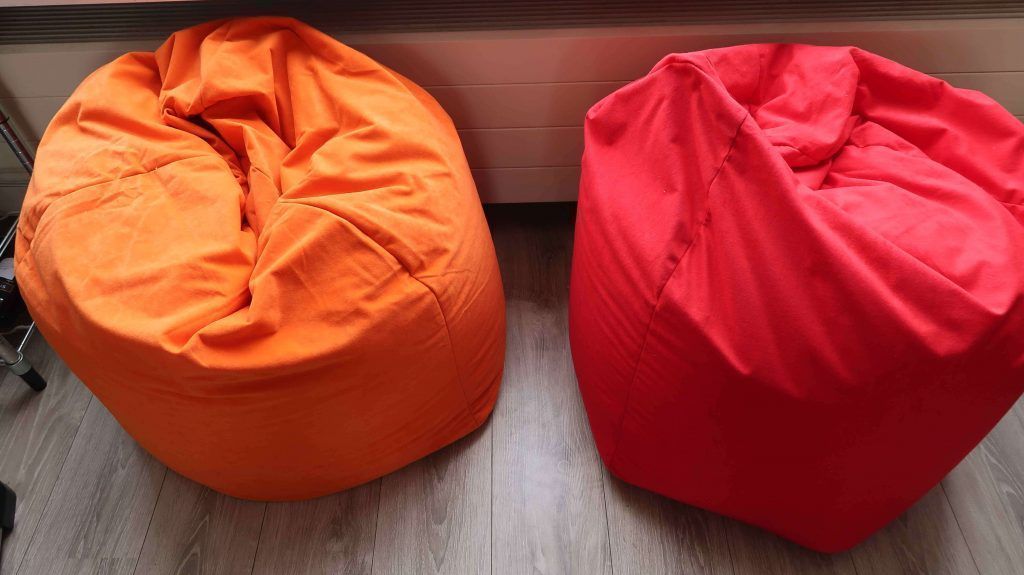

.jpg)

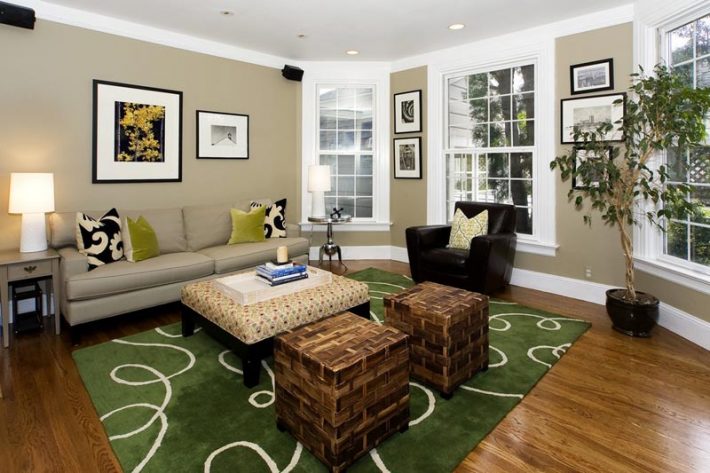








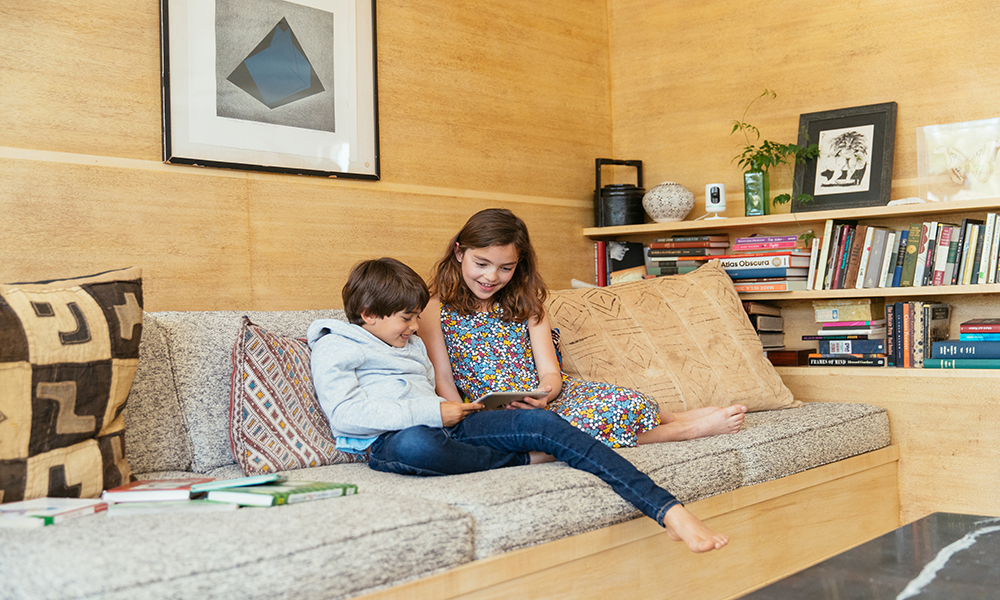
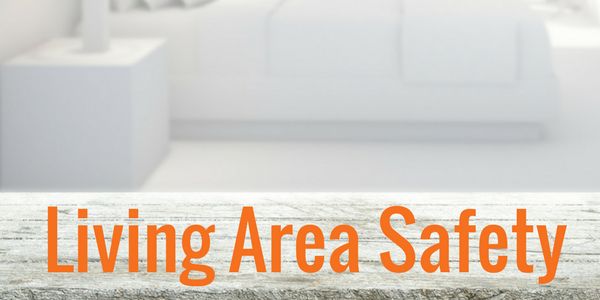



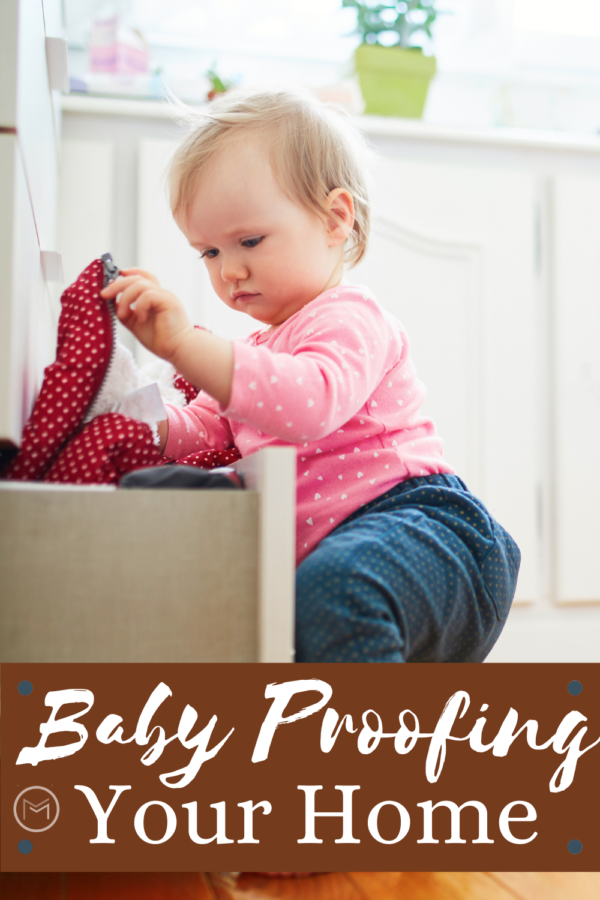



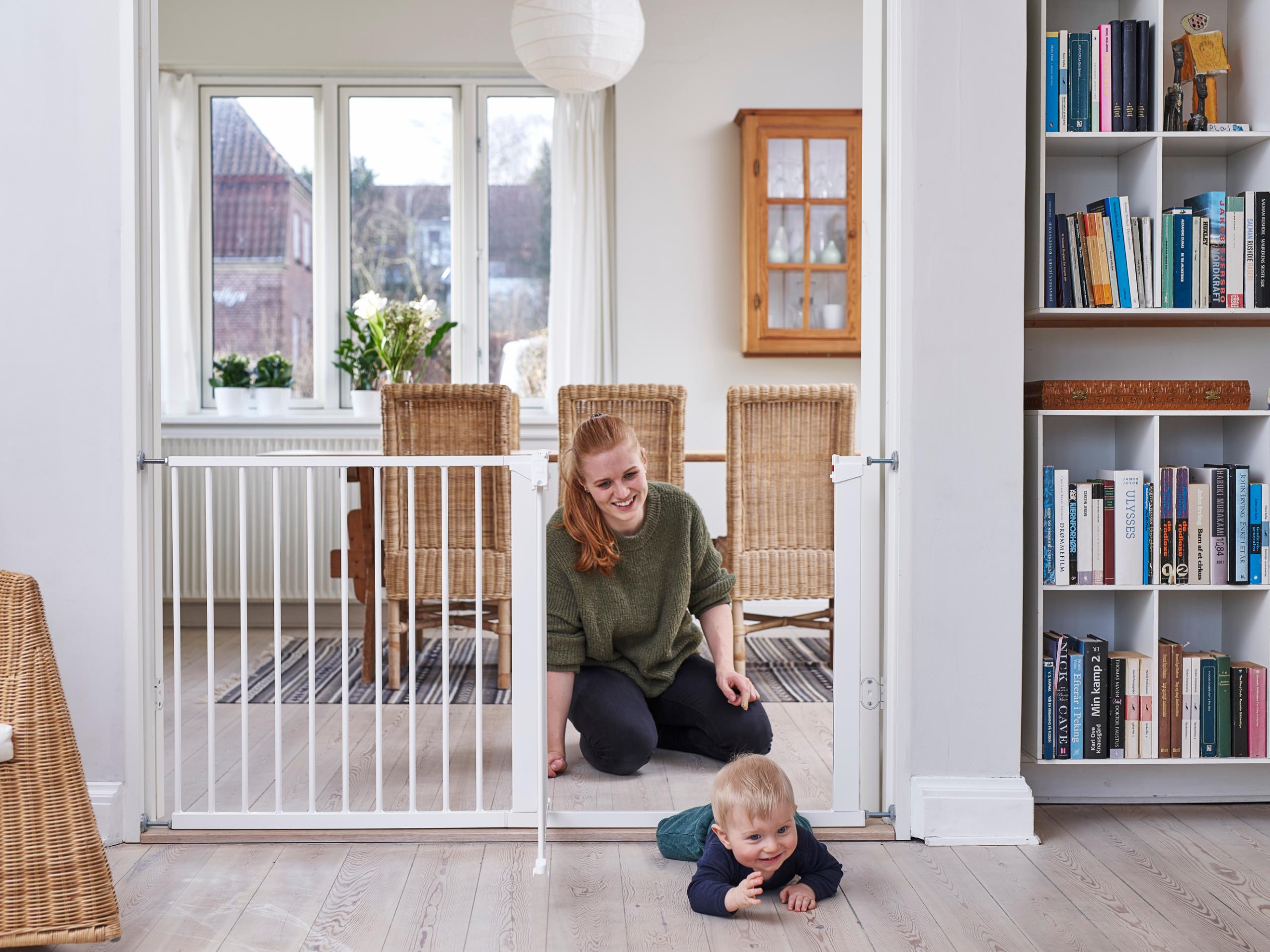
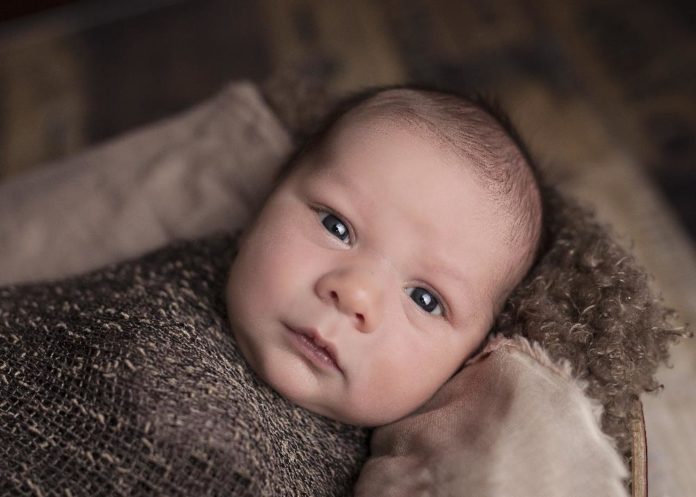



:max_bytes(150000):strip_icc()/child-proofing-3-toddler-exploring-kitchen-157373063-5963ded43df78cdc68bf2764.jpg)


